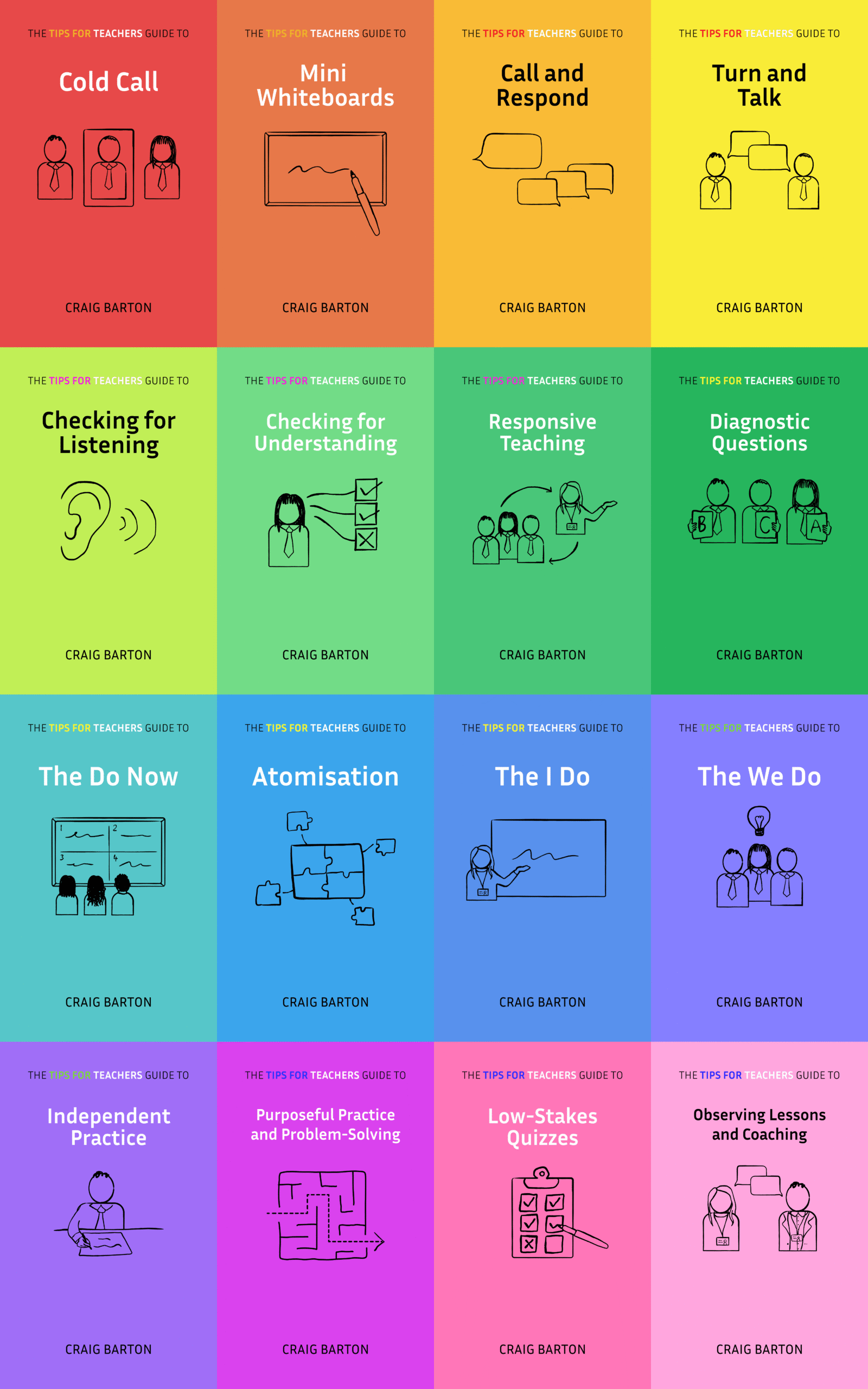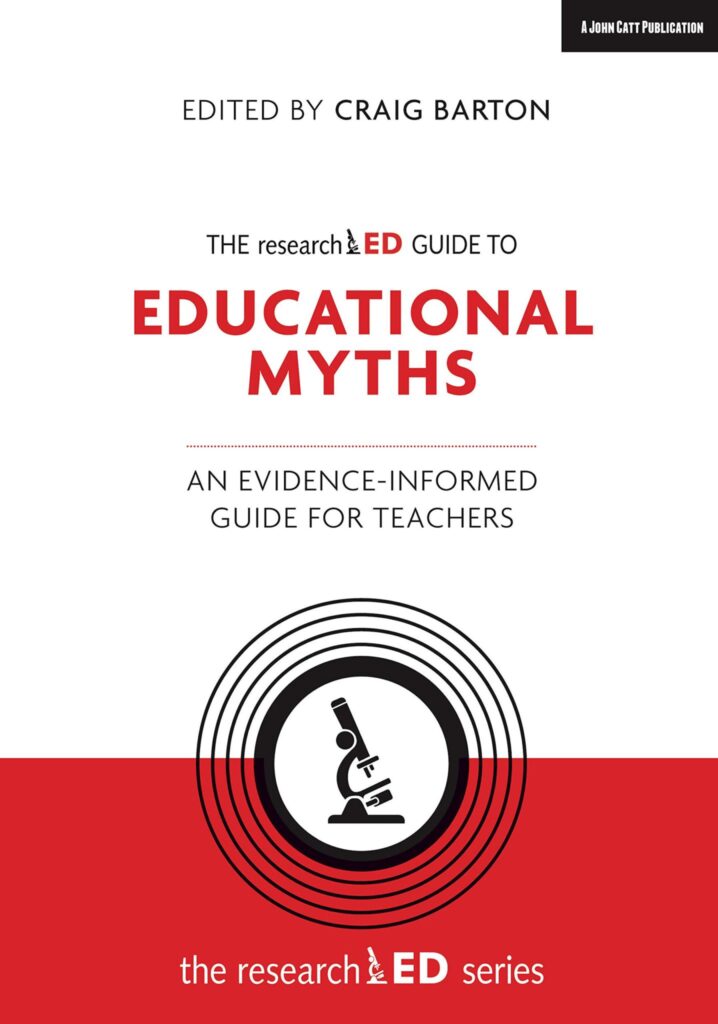
- Title: The role of rewards in motivation—Beyond dichotomies
- Authors: Lisa Bardach and Kou Murayama
- Access the original paper here
- Listen to a deep-dive podcast:
Paper summary
This research paper examines the complex relationship between extrinsic rewards (like gold stars or money) and intrinsic motivation (enjoyment of learning). The authors challenge the traditional view that extrinsic rewards always undermine intrinsic motivation, proposing a “motivation transformation” model. This model suggests that extrinsic rewards can serve as an “entry point” to engage initially unmotivated learners, potentially leading to intrinsic motivation as they experience the internal rewards of learning. However, the authors caution that once intrinsic motivation is established, excessive extrinsic rewards can disrupt this process, leading to decreased engagement. The paper integrates various theoretical frameworks and calls for further research to understand the nuances of this dynamic relationship and develop personalized reward systems.
What are the key implications for teachers in the classroom?
Based on the sources, here are some key implications for teachers in the classroom regarding the use of rewards and the fostering of motivation:
- Moving Beyond the Dichotomy: Teachers should move beyond the simple idea that extrinsic rewards are either good or bad for motivation. The effects of rewards are more nuanced, depending on the context and timing. Both extrinsic and intrinsic rewards can play a role in learning.
- Extrinsic Rewards as an Entry Point: Extrinsic rewards can be useful for initially engaging students who are not motivated to learn. They can help start the positive feedback loop of internally rewarding learning processes. For example, giving stickers or points for completing tasks can motivate students to start learning.
- Motivation Transformation: Teachers should be aware that motivation can transform. Students may begin learning for extrinsic reasons, but, as they gain knowledge, they can start to find the learning process itself intrinsically rewarding.
- Potential Undermining Effect: Once students are engaged in a positive feedback loop of learning, teachers should be cautious about making extrinsic rewards too prominent, as they can interrupt the learning process and harm long-term engagement. The relative salience of internal rewards may diminish if extrinsic rewards are too salient.
- Timing of Rewards: Teachers should consider the timing of rewards. Extrinsic rewards should not be stopped too early, but they also shouldn’t be prolonged for too long. They can be useful for sustaining long-term engagement, especially when students face challenges.
- Types of Rewards: Teachers should consider both extrinsic and intrinsic rewards. Intrinsic rewards may include the pleasure of engaging in a task, curiosity, or knowledge attainment. Extrinsic rewards can be things like grades or stickers. Grades can be both intrinsic and extrinsic depending on the student’s interest in the subject.
- Personalized Reward Systems: The sources suggest that personalized reward systems may be beneficial. Teachers should consider the different types of rewards, the specific tasks, and the individual student’s stage in the knowledge acquisition process.
- Effort and Reward: Teachers should reward students for their effort, not just their abilities or achievements. Rewarding effort can increase the intrinsic value of mental labor. Extrinsic rewards can “train” effortful engagement.
- Social Aspects: Social interactions with teachers and parents can be powerful sources of academic motivation. Teachers can be a rewarding factor in motivation by making a learning activity seem relevant or important.
- Self-Regulation: Extrinsic rewards may encourage students to self-regulate their interest by making a task more enjoyable. Teachers can encourage the use of interest-enhancing strategies that help students become more engaged.
- Real Teachers are Key: While technology can aid in personalizing reward provision, the involvement of real teachers is important for initiating motivation transformations. Teachers’ pedagogical knowledge, diagnostic competence, and relationships with their students are key.
- Assessing Motivation: Teachers can use self-reports from students to assess their motivational states. These can be complemented by behavioral motivational traces.
- Gamification: When using gamification, teachers should keep in mind that game elements (points, badges, etc.) are a form of extrinsic reward. Gamification can enhance motivation, but it could also undermine it. Gamification should be implemented thoughtfully with attention to the learning goals.
- Complexities of Motivation: Teachers should recognize that motivation is complex and that there isn’t a simple formula. There are many factors to consider when trying to motivate students. Motivation transformation is not one dimensional.
In conclusion, teachers should use rewards strategically, understanding that extrinsic rewards can be a useful starting point for engaging learners, but that the goal should be to foster intrinsic motivation and a love of learning. They should be mindful of the potential for rewards to undermine motivation and should use a variety of techniques to help students value the learning process itself.
Quote
Extrinsic rewards have their place in the intrinsic motivation space








